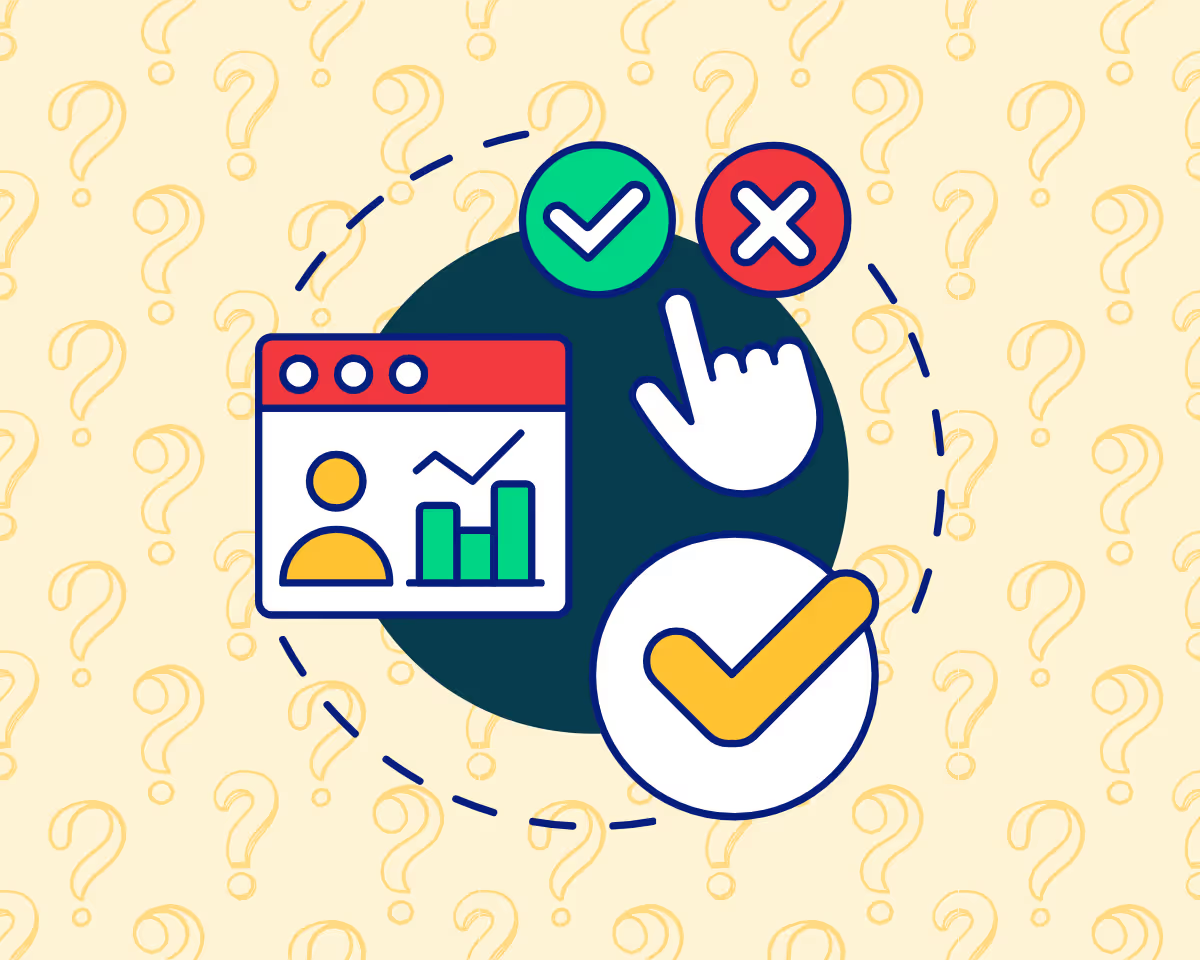Ready to create more pipeline?
Get a demo and discover why thousands of SDR and Sales teams trust LeadIQ to help them build pipeline confidently.



Tailoring outbound sales sequences to specific customer segments and personalizing messaging based on prospect needs and pain points is crucial for engagement and conversion rates.

Regularly reviewing and A/B testing outbound sequences, while staying updated on industry trends and new technologies, helps optimize performance and keep sales strategies effective.

Utilizing various communication channels like email, phone, and social media ensures that sales teams reach prospects where they are most comfortable.
Get a demo and discover why thousands of SDR and Sales teams trust LeadIQ to help them build pipeline confidently.
The complexity of B2B sales — which often requires long sales cycles, personalized outreach, and the effective conveyance of technical nuances — demands fine-tuning and precision.
By reviewing outbound sales sequences frequently, teams can align their communication with the unique needs of each client, highlight competitive advantages, address compliance and security concerns, and foster long-term relationships.
By leveraging data during the review process, teams can continuously optimize their messaging and outreach strategies, ultimately leading to higher engagement and conversion rates.
When your team is ready to review B2B outbound sales sequences, ask yourself these 10 questions to figure out what’s working, what isn’t, and how you can improve.
Outbound sequence best practices require sales teams to ensure their efforts are focused and directed toward achieving desired outcomes efficiently.
At a high level, outbound sequences should serve as a strategic tool that directly contributes to the company’s objectives — whether that’s acquiring new customers, increasing revenue, or enhancing customer retention.
When sequences are well-aligned, they become a focused and efficient means of achieving these goals. This, in turn, maximizes the impact of the sales team’s efforts, which leads to a more successful, cohesive sales operation.
Since personalization is a cornerstone of effective outbound sales cadences, it’s essential to determine whether sequences are tailored to different customer segments. This ensures that your messaging is relevant and resonates with each group, increasing the likelihood of engagement and conversion.
Without a tailored approach, sales teams risk alienating potential customers by using the same strategy on each prospect. Such an approach fails to connect with the potential customer’s unique requirements, reducing the likelihood of successful conversions.
In the SaaS world, demonstrating a deep understanding of a prospect’s pain points can greatly enhance the effectiveness of outbound sequences. Personalized messaging and storytelling builds trust and engagement, as it shows that the sales team is genuinely invested in solving the prospect’s exact issues.
When messaging resonates with the recipient’s needs, there’s a higher chance of capturing their attention, building a connection, and ultimately driving conversions.
Build your sequences in a way that gives your reps enough flexibility to include personalized research. And when we talk about personalization, we’re not just talking about adding in variables for Name, Company, or Title. We’re talking about true personalization — like mentioning a recent Series B funding round or asking about specific pain points the prospect might have uncovered through research.
Different prospects have different preferences. Some prefer communicating over email, others over the phone, and even others on social media.
By utilizing multiple communication channels, sales reps acknowledge the diverse preferences of potential clients. This ensures they’re meeting prospects where they are most comfortable.
Unfortunately, neglecting certain channels can result in missed opportunities. By optimizing the use of various channels, sales teams can increase their chances of reaching the right people in the right place at the right time with the right message.
Make it a habit to study metrics like open rates, reply rates, and click-through rates to get a better sense of what times prospects are most likely to favorably engage with your messages and calls, and ensure that your sequences adhere to those timelines.
Sending messages or making calls too close together can potentially annoy prospects, damaging your relationship and weakening any chances of conversion. On the other hand, optimal timing increases the chances that your messages are noticed and acted upon.
By reviewing the timing of your outbound sequences regularly, and relying on various sales triggers to kick-start sequences, you can engage with buyers when they're in need, improving the likelihood of a positive response.
If you don’t measure something, how can you improve it?
Data-driven insights are the foundation for continuous improvement in SaaS sales. By setting benchmarks — leading teams typically aim for response rates above 20% and conversion rates above 5% — and tracking them over time, sales reps get valuable feedback on the effectiveness of their outbound sequences.
Establishing KPIs ensures that sales reps are working toward specific, measurable objectives. As such, they’re essential for sales teams to maintain focus and accountability — and achieve ongoing success.
By tracking KPIs, teams can identify strengths and weaknesses in their prospecting workflows, allowing them to make informed adjustments to improve engagement and conversions. Such an analytical approach helps teams refine their strategies over time, ensuring that resources are invested where they have the biggest impact.
Successful SaaS sales reps are laser-focused on building and maintaining relationships. With each follow-up, they build and increase trust with prospects, improving their chances of conversion.
Asking this question is crucial because it helps teams ensure they are actively engaging prospects and guiding them down the funnel. By ensuring that prospects are receiving timely, relevant communications that address their evolving needs, teams can reduce the chances a valuable prospect slips through the proverbial cracks.
Identifying bottlenecks within sequences allows sales teams to address issues that may hinder the sales process.
This question promotes a proactive approach to self-assessment, encouraging continuous improvement. By leveraging data analysis, A/B testing, and feedback from reps, sales teams can adapt and refine their B2B outbound sales sequences, thereby streamlining the sales processes and ensuring prospects move smoothly through the funnel.
A/B testing allows sales teams to experiment with different elements — like subject lines, messaging, and calls-to-action (CTAs) — to determine what resonates best with their audience.
This iterative approach helps optimize performance by identifying the most effective strategies.
At the same time, it encourages a culture of continuous improvement, ensuring that outbound sales cadences evolve and adapt to changing prospect preferences and market dynamics.
Pro tip: As an outbound sequence best practice, run a one-variable test at a time. This will help you zero in on exactly what’s working and what isn’t.
In the fast-paced SaaS industry, being aware of the latest trends and technologies is critical for staying competitive.
By staying informed about what influencers are talking about, reading industry-related content regularly, and embracing cutting-edge strategies and tools, SaaS sales teams can continue to meet the evolving needs of their target audience while ensuring that their outbound sequences remain a step ahead of the competition.
If you’re not in the market for new tools, stay up-to-date on the latest features or updates from your data providers, CRM vendor, and sales engagment tools. Many are adding new AI capabilities that can help streamline workflows and eliminate redundancies in your processes.
No matter how effective your B2B outbound sales sequences are, you can always make them even better.
By conducting outbound sequence testing and review at regular intervals, you can bake continuous improvement into your prospecting workflows — and get more favorable outcomes because of it.
Looking for other ways to improve outbound sales cadences? You’re in luck.
To continue your learning, check out these additional resources: